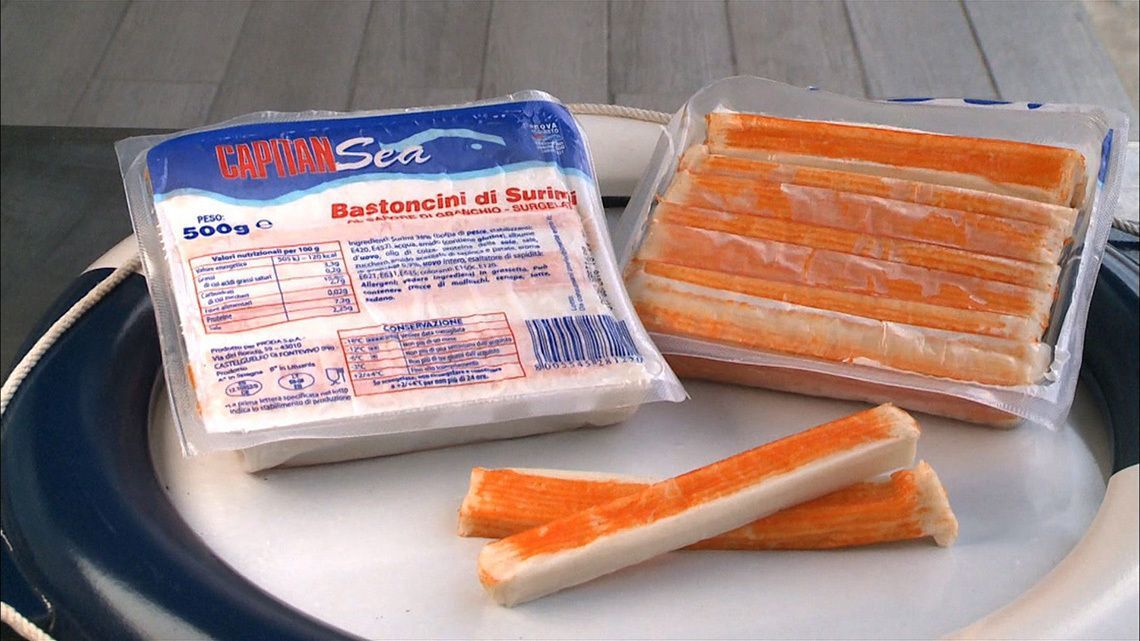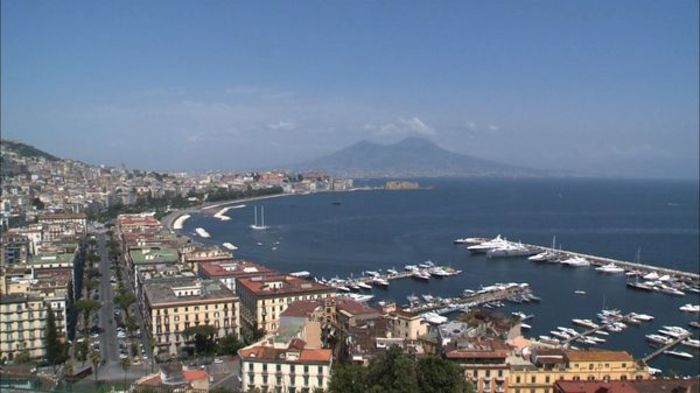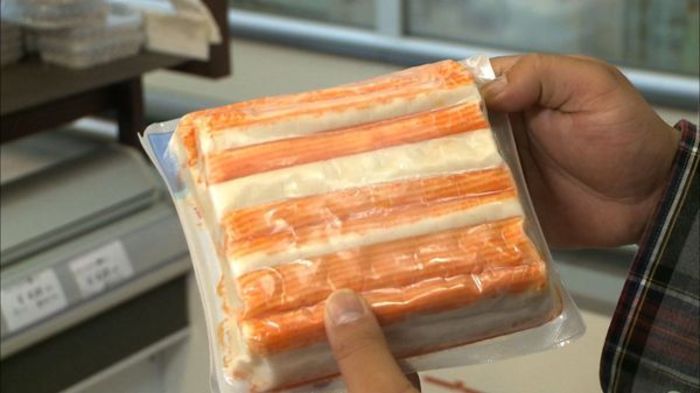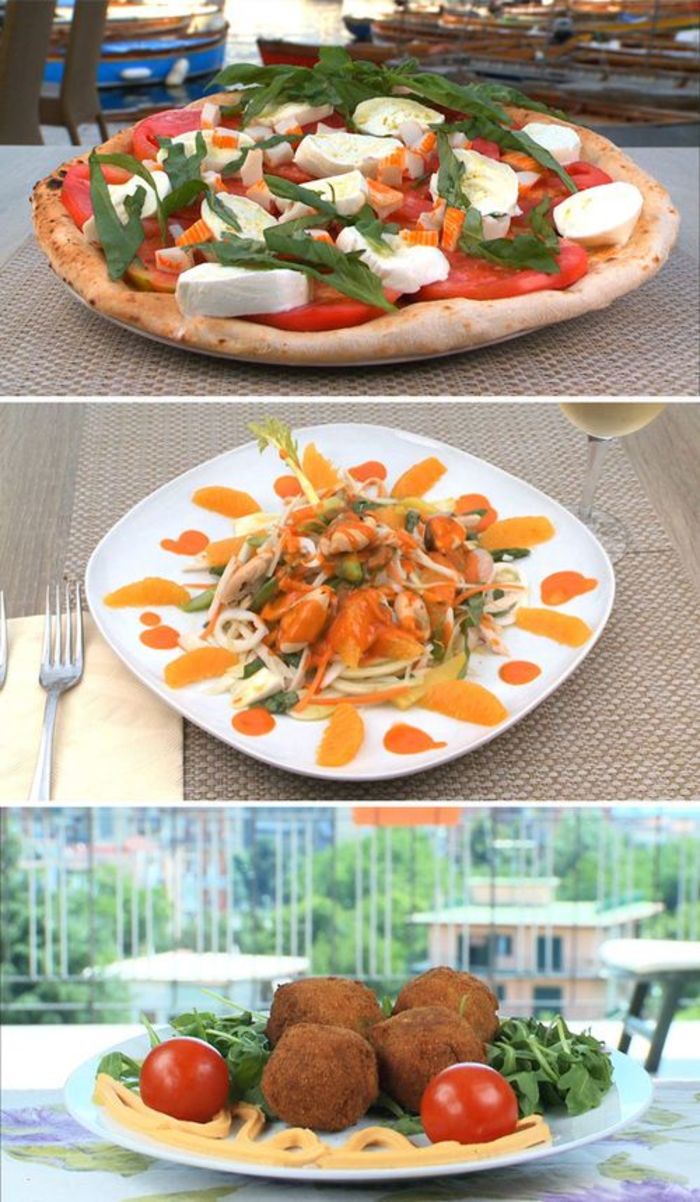
Italy is known for its city-states and its stubborn pride in its cuisine. Throughout history, Italians have shown a resistance to foods from other cultures, preferring to honor pasta and other local dishes. Recently, however, Japanese food has put the peninsula’s long lack of interest in international food under siege.
1. French fries
2. Surimi
3. Spinach
4. Fried white fish
5. Cod
It’s no surprise that Italians like french fries, spinach, and fried fish――but what is surimi? Surimi is the Japanese word for fish or meat paste. It’s made from minced fish to which sugars have been added to preserve the texture. It is also called “frozen surimi” since the product is stored frozen.
So a common Japanese food is now popular in Italy. How did that happen? To find out, we hopped a flight to Italy.

Our destination was Naples, the biggest city in Southern Italy. We asked locals if they knew the word surimi, and most of them did. In fact, we were surprised by the number of people who knew what it is.
Why do Neapolitans love surimi?

Our next stop was a supermarket specializing in frozen food. As we stood by the checkout counter, we discovered that seven out of 10 customers had bought surimi. We took a closer look. This delicacy resembles crabmeat, though it’s definitely not crab. It is known in Japan as kanikama, or imitation crabmeat. So in Italy, surimi turned out to be fish paste made to resemble crabmeat in color, shape, and texture. Neapolitan supermarkets also carry imitation shrimp and lobster made from minced fish.

Sugiyo, a Japanese seafood processing company, was the first to develop imitation crabmeat back in 1972. Its main ingredient is Alaska pollack. After the flesh of the pollack is ground into paste and crab flavoring is added, the mixture is spread to a thickness of less than 1mm and heated. Fine incisions made to the meat give it a texture resembling that of a real crabmeat.
The incisions, however, can’t be too deep--in fact, getting the depth right is important for keeping the illusion. The product is then cut into sticks and seasoned with food coloring made from tomato or paprika. We sampled a stick and discovered that although it wasn’t as tender as the real thing, its taste was similar to crab.
In Japan, kanikama is often used to dress up salads. How do they eat it in Italian homes?
We visited the home of a surimi aficionado, and we were served croquettes redolent with the fragrance of basil and olive oil. Then came imitation crabmeat carpaccio. Both are appetizing examples of Italian cooking.

Another family had a large plastic bag full of fake crabmeat in the fridge. In Italy, they sell imitation crabmeat by weight, so many consumers buy in bulk.
The popularity of fake crabmeat was not just in homes--it was also all the rage in restaurants. Zi Teresa, a famous Neapolitan restaurant with a century-long history, offers a number of surimi dishes. The owner’s choice is chilled pizza. Many locals eat imitation crabmeat dishes at the restaurant. Surimi is a widely known food in Italy.
But why fake crab and not the real thing? We asked the proprietor this question, and he explained, “Of course we use real crabs for traditional dishes. But a lot of dishes use surimi as a substitute for expensive crabmeat.”
Why not crabmeat?
Why do Italians love surimi? Even though Italy is surrounded by sea, Italians don’t catch many crabs. Globally, the country only ranks 63rd in crab harvest. Italians simply lack the opportunity to eat real--and really expensive--crabmeat.
Therefore, Italians find imitation crabmeat a convenient alternative.

The dietary cultures of Italy and Japan have similarities. For example, sashimi in Japan is carpaccio in Italy, and the Italian fritto is the Japanese tempura. Italians also consume a lot of rice, such as risotto and other dishes.
Both countries are surrounded by sea, and they share a culinary tradition that makes the most of the sea’s abundance.
Staple ingredients in Japan continue to gain popularity overseas--proof enough that national borders are no match for delicious food.
(This article was written by a staff of Tokyo Broadcasting System Television's "Yonimo Fushigina Ranking Nande? Nande? Nande?")
